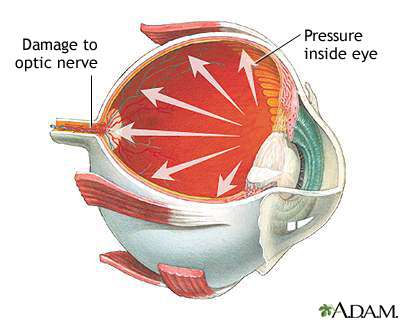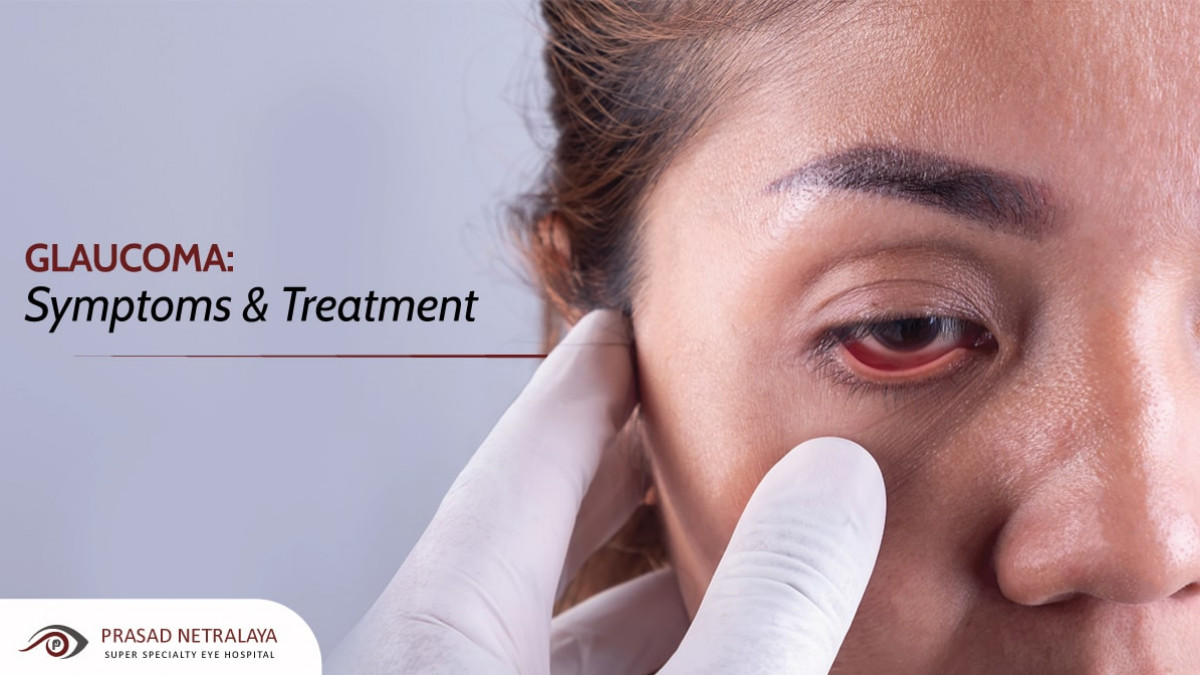Trusted Eyecare Near Me: Your Overview to Preserving Healthy And Balanced Vision
Trusted Eyecare Near Me: Your Overview to Preserving Healthy And Balanced Vision
Blog Article
Recognizing the Various Vision Adjustment Procedures Available for Clearer View
In the realm of vision improvement treatments, a plethora of alternatives exist to deal with refractive mistakes and provide individuals with more clear view. From the extensively acknowledged LASIK surgery to less invasive treatments like PRK and implantable lenses, the field of ophthalmology supplies a variety of strategies tailored to suit different demands and preferences. Each treatment includes its very own set of factors to consider, benefits, and prospective risks. Understanding the subtleties of these vision modification techniques is crucial for making notified choices about one's visual wellness. Allow's discover the intricacies of these treatments and shed light on the path to accomplishing boosted vision clearness.
LASIK Surgical Procedure
LASIK surgical treatment is a typical refractive treatment utilized to correct vision troubles such as farsightedness, astigmatism, and nearsightedness. This medical strategy, which stands for Laser-Assisted in Situ Keratomileusis, intends to reshape the cornea to improve just how light is focused on the retina, ultimately enhancing vision clearness.
One of the key advantages of LASIK surgical procedure is the quick enhancement in vision experienced by individuals. Lots of people discover a considerable enhancement in their sight instantly after the treatment. In addition, a lot of individuals report minimal pain and pain throughout the surgery and recovery duration. The healing time for LASIK is fairly fast, with many individuals returning to their daily activities within a day or more post-operation. Overall, LASIK surgery is a prominent choice for individuals looking for a lasting remedy for their vision problems.
PRK Treatment
While also an usual refractive procedure, the PRK (Photorefractive Keratectomy) method differs from LASIK surgical procedure in its method to correcting vision problems. In PRK, rather of creating a flap on the cornea, the outer layer of the cornea, called the epithelium, is completely removed. This allows the laser to reshape the cornea to deal with refractive errors such as nearsightedness, farsightedness, and astigmatism directly on the surface.

Despite the longer recovery time, PRK can generate excellent cause vision enhancement, making it a useful option for those that may not be ideal prospects for LASIK surgery.
Implantable Lenses
Unlike PRK where the cornea is improved directly, implantable lenses use one more method for fixing vision by placing artificial lenses inside the eye. This procedure is especially beneficial for people with high degrees of farsightedness, nearsightedness, or astigmatism who may not appropriate prospects for laser surgical procedures like LASIK or PRK.
Implantable lenses, likewise known as phakic intraocular lenses, job by supplementing the eye's all-natural lens with a man-made one. eyecare near me. These lenses can be positioned in front of the all-natural lens (anterior chamber) or behind the iris and before the natural lens (posterior chamber) By readjusting the power and positioning of these lenses, eye doctors can successfully fix refractive mistakes and improve visual acuity
One benefit of implantable lenses is that they are exchangeable and removable, providing flexibility for future modifications. Nevertheless, as with any kind of surgical treatment, there are dangers involved, such as infection or cataract formation. Clients considering implantable lenses must speak with an eye care specialist to determine the most appropriate option based upon their specific needs and eye health.
Corneal Rings
Corneal rings, additionally referred to as intracorneal ring segments, are small, transparent tools put discover here into the cornea to fix vision distortions such as keratoconus. Keratoconus is a problem where the cornea thins and bulges external, causing vision to become distorted. The insertion of corneal rings helps to squash the cornea, enhancing aesthetic skill and minimizing the irregular astigmatism triggered by keratoconus.
The procedure for putting corneal rings is minimally invasive and reasonably fast, commonly see this done as an outpatient procedure. During the surgical treatment, the ophthalmologist makes a little laceration in the cornea and inserts the rings at a certain deepness. When in position, the rings help to improve the cornea, providing a smoother surface area for light to go into the eye, which can cause clearer vision.
Corneal rings are taken into consideration a relatively easy to fix procedure, as they can be eliminated or replaced if essential. refractive surgeries in al. While they may not completely remove the demand for glasses or call lenses, corneal rings can dramatically improve vision quality and overall visual convenience for individuals with keratoconus or various other corneal abnormalities
Refractive Lens Exchange
Complying with the adjustment of corneal irregularities with procedures like corneal rings, another vision modification technique that can address refractive mistakes is Refractive Lens Exchange (RLE) RLE is an operation that includes changing the eye's all-natural lens with a man-made intraocular lens (IOL) to fix refractive mistakes such as presbyopia, farsightedness, and nearsightedness. This procedure is specifically helpful for people that may not appropriate prospects for procedures like LASIK or PRK because of aspects such as slim corneas or high refractive errors.

Final Thought
In conclusion, there are various vision improvement treatments available to help individuals attain clearer sight. LASIK surgical procedure, PRK treatment, implantable lenses, corneal rings, and refractive lens exchange are all alternatives that can attend to various vision problems.
In the world of vision improvement treatments, a wide variety of choices exist to attend to refractive errors and offer people with clearer view.LASIK surgical procedure is a typical refractive procedure used to deal with vision problems such as farsightedness, astigmatism, and nearsightedness.While likewise a common refractive treatment, the PRK (Photorefractive Keratectomy) method differs from LASIK surgery in its approach to correcting vision problems.Complying with the modification of corneal abnormalities with procedures like corneal rings, another vision modification technique that can news address refractive mistakes is Refractive Lens Exchange (RLE) LASIK surgical treatment, PRK treatment, implantable lenses, corneal rings, and refractive lens exchange are all choices that can deal with various vision problems.
Report this page